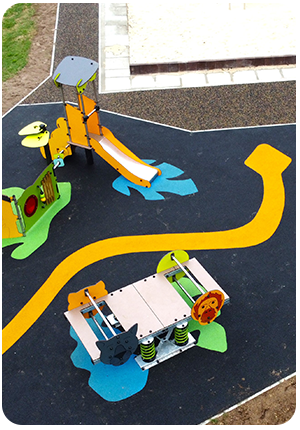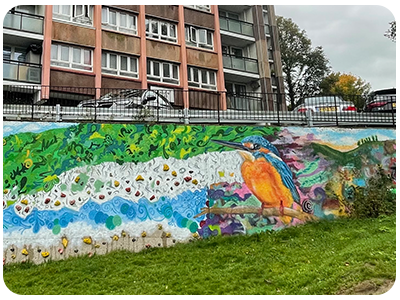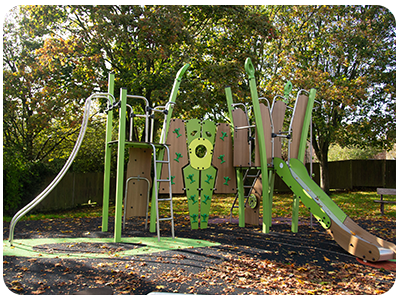Article published on 12 October 2023
When a playground equipment supplier receives a tender invitation, the initial instinct is to examine the project delivery scoring matrix and pose critical playground questions:
“Is this project a suitable fit for us?”
“Do we stand a chance of winning the tender?”
“Does the client share our values?”.
Some Councils adhere to consistent scoring plans for all projects, rarely altering them over time. In contrast, others meticulously adjust scoring methods for each project to match site-specific requirements.
Regardless of the approach, it’s essential to recognise that every detail in your tender specification and every percentage in your scoring matrix can significantly influence a playground equipment company’s decisions.
The pivotal first decision is whether to submit a response to the tender invitation. For instance, if a tender specification mentions inclusion, aesthetics, creativity, and durability, but the tender’s scoring matrix neglects these aspects, some companies may infer that these elements hold little importance and may decline participation. Similarly, if a tender heavily emphasises cost savings, dissuading companies from utilizing the entire budget, those employing higher-specification materials might be deterred.
Instead of primarily scoring cost, there are numerous alternative methods to reward innovative submissions. This can include allocating points for Gender, Inclusivity, Sustainability, and Social Responsibility.
Some of the ways to respond…
Points for sustainability can be earned through various means. This can include incorporating items made from recycled plastic, investing in carbon offsetting to ensure carbon-neutral project delivery, collaborating with local timber recycling initiatives, and showcasing the company’s efforts in reducing its carbon footprint. Once a company has decided to submit, the weighting of marks will influence their design decisions. 5% of marks allocated to inclusion and accessibility for example, will result in a very different submission to a tender specification that attributes 25% of the marks to design.
Points for demonstrating social responsibility can be earned by undertaking various actions, including organising guided school visits during the installation phase, contributing to local food banks, supplying litter-picking equipment for Friends of Groups, and arranging school visits featuring performers or mobile zoos.
Points for promoting gender inclusivity can be achieved through several means, such as engaging multi-gender focus groups during the design phase, choosing items that resonate with teenage girls, and establishing safe social spaces for girls to gather. Additionally, funding social outings for local girls’ groups is another way to earn points in this category.
Points in the Aesthetics/Creativity category can be earned by incorporating various elements, such as utilising our Kanopé range with green posts and timber-effect panels, collaborating with local mural artists to bring life to walls, and employing imaginative applications of wetpour and thermographics.
In this instance, a higher percentage of marks sends a clear signal that submitters should devote more budget to inclusive and accessible features such as double-width slides, ramped units, DDA-compliant (Disability Discrimination Act) paths, sensory items and adaptive seating.
So, the next time you are compiling a playground project’s tender specification and reviewing your scoring matrix, here are a few questions you can ask yourself to ensure a range of strong submissions that reflect your values and objectives:
- Which companies will my specification and scoring appeal to?
- What messages, both implicit and explicit, does my scoring give to play companies?
- Does my scoring reference and incentivise the right things?
- If I want to use all the budget, could I re-allocate the cost marks to other items to get a better result (for users with special needs, for example)?
We trust that you found this to be an engaging read and that it has provided you with some valuable insights to ponder.
Should you wish to speak to your Area Manager about this article or your next play or sports project then please click here.
Recent
Play Without Limits: A Closer Look at our NEW 2024 Play & Sport Equipment
Article published on 4 March 2024
In a ground-breaking move towards further inclusive play experiences, Proludic, a leading innovator in recreational play and sports equipment, has introduced its much-anticipated line of Inclusive Kanopé Towers for 2024. These towers mark a significant leap forward in creating playgrounds that cater to the needs of all children, including those with mobility challenges. Proludic has...
Revealing the Essence of Play Value
Article published on 4 March 2024
In the realm of play value, the true measure lies not in the quantity of “activities” available on play equipment but in the calibre of the play experience it offers children. For clients, the focus extends to play factors including: safety, durability, sustainability, warranty, and customer service. UK playgrounds, typically, harmonise various elements to deliver...






